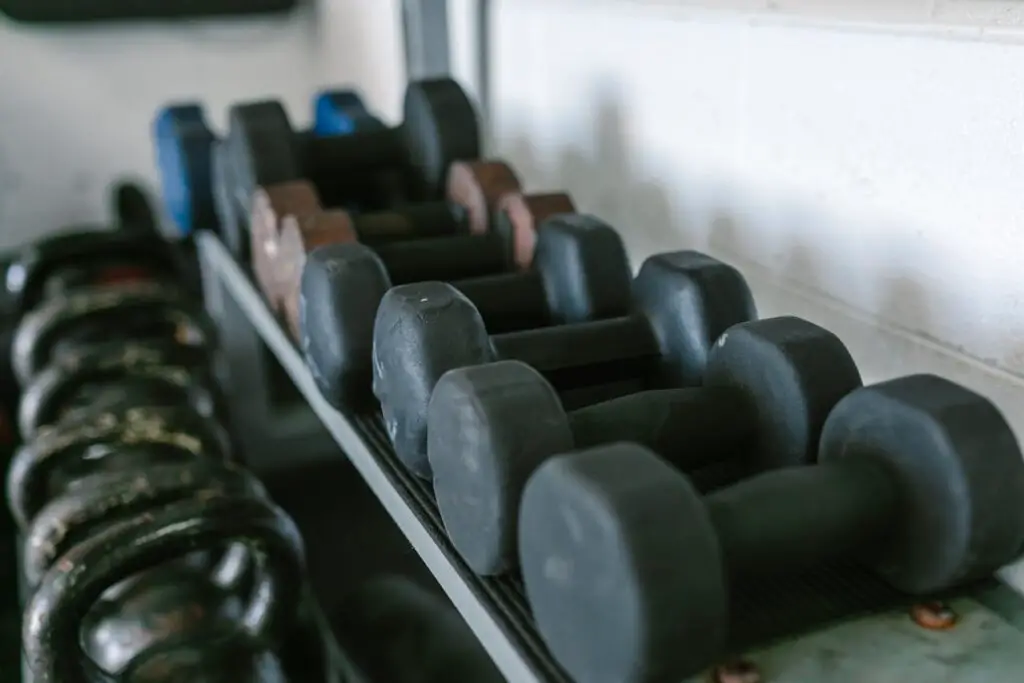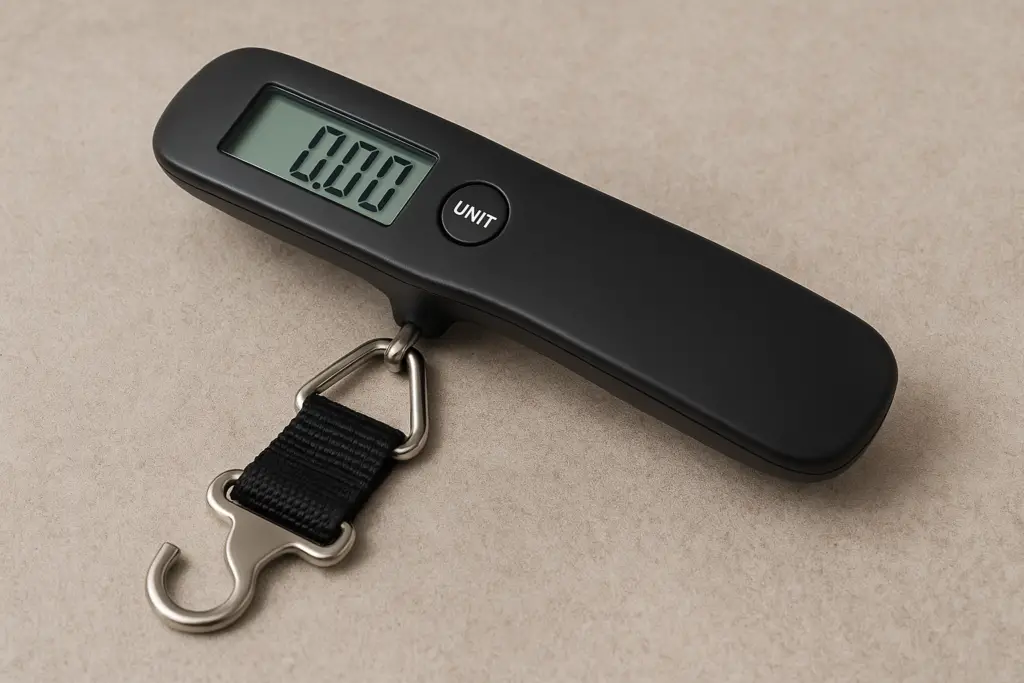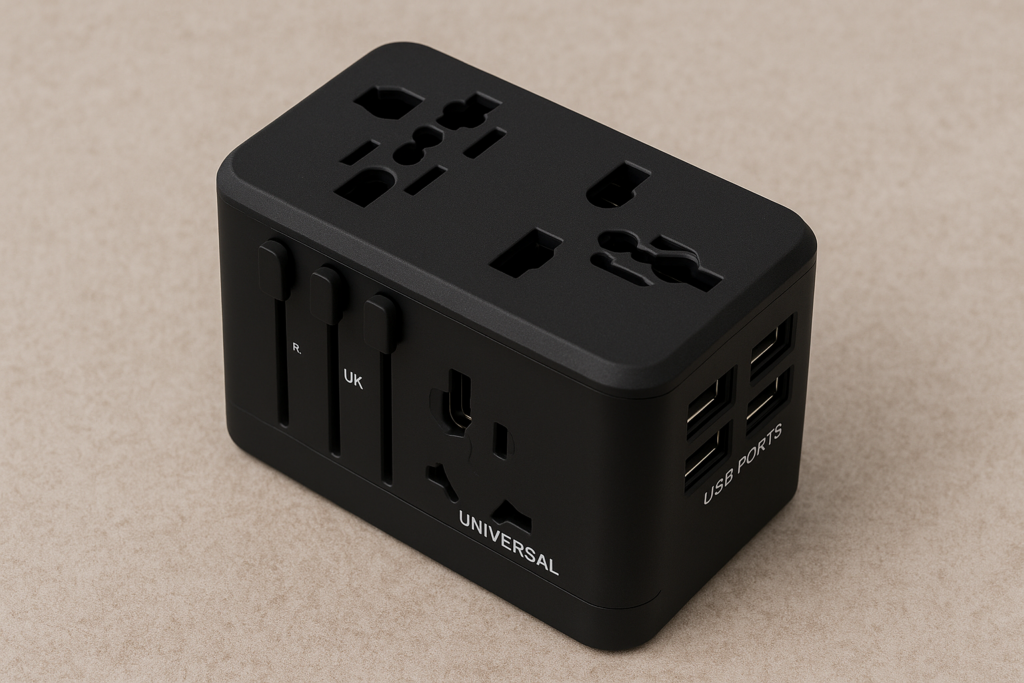10 Affordable DIY Ideas for Home Entertainment That Will Wow Your Guests

Creating fun, engaging entertainment at home doesn’t have to come with a high price tag. Whether you’re entertaining family, hosting friends, or just looking for a creative way to enjoy time alone, these affordable DIY ideas can transform your home into a lively, enjoyable space. Here are ten cost-effective, easy-to-execute DIY entertainment ideas to make staying in more exciting and memorable.
1. Build an Outdoor Movie Theater

Turn your backyard into a cozy outdoor movie theater with just a few household items. Start by hanging a white sheet or creating a projector screen on an outdoor wall or between two trees. Use a portable projector (affordable options are available online) to showcase your favorite movies. Set up blankets, pillows, and lawn chairs for comfortable seating, and don’t forget a big bowl of popcorn. An outdoor movie theater is perfect for family nights or a romantic evening under the stars.
2. Create a DIY Mini Golf Course

Bring the fun of mini golf to your living room or backyard with a DIY course. Use household items like cups, cardboard, and books to create different “holes” and obstacles. A small rubber ball can act as the golf ball, and wooden spoons or cardboard pieces make for creative putters. This DIY mini golf course can be customized by each participant, adding an element of creativity to the fun. It’s a simple yet entertaining setup that’s perfect for family game night and fun for all ages.
3. Host a Themed Cooking Night

Gather your loved ones and host a themed cooking night to turn dinner into an event. Pick a cuisine like Italian, Mexican, or Thai, and set up a cooking station with all the ingredients. Let everyone get involved by assigning roles like sous chef, table decorator, or even food photographer. This unique activity not only makes dining fun but also fosters teamwork, allowing everyone to participate in crafting a meal from scratch.
4. Set Up a Game Tournament

Turn your home into a game tournament hub with a mix of card games, board games, and even video games. Set up a simple scoreboard using paper or a whiteboard to keep track of points, and cycle through games to keep the excitement high. Make the experience even more engaging by offering simple prizes, like “Winner’s Choice Movie Night” or “Champion Cook.” This idea brings a competitive edge to game night while creating fun memories for everyone.
5. Design a DIY Photo Booth

A DIY photo booth is a hit at any gathering and easy to set up at home. Use a blank wall or hang a sheet as a backdrop, then decorate with balloons, garlands, or string lights. Create your own props with paper and cardboard, like funny signs, hats, or mustaches. Set up a smartphone or camera on a tripod with a timer for capturing group pictures. A DIY photo booth makes for lasting memories and plenty of laughs, whether it’s for a party or a casual family gathering.
6. Make a Puzzle and Craft Night

If you enjoy hands-on activities, a puzzle and craft night is the perfect way to relax and connect with others. Pick up a puzzle or, if you’re feeling artistic, design your own using a blank puzzle kit. For crafting, gather items like paint, glue, markers, and colored paper to make homemade greeting cards or bracelets. Everyone can either work on their project or collaborate on a larger puzzle. This creative night is ideal for unwinding and sharing laughs, all while making something fun.
7. Host a DIY Karaoke Night

Karaoke doesn’t require a fancy machine—set up your own with YouTube karaoke videos and a basic microphone (or even a hairbrush!). Create a stage area in your living room, dim the lights, and let loose. Prepare a song list and take turns singing solo or in groups. A DIY karaoke night is bound to bring plenty of laughter and maybe even some unexpected vocal talent, making it a memorable experience for everyone involved.
8. Organize a Backyard Scavenger Hunt

A backyard scavenger hunt is great for adults and kids alike, bringing a sense of adventure and discovery. Set up a list of clues that lead to hidden items or small prizes around your yard or house. For a creative twist, give the hunt a theme, such as “Nature Explorer” or “Time Traveler.” It’s a fantastic way to get everyone moving and working together to solve clues, and it only requires items you likely already have at home.
9. Create a Cozy Indoor Camping Night

If the weather isn’t suitable for outdoor fun, bring the camping experience indoors. Set up a tent or create a cozy fort with blankets and pillows in your living room. Prepare snacks like s’mores, popcorn, and hot chocolate for an authentic campfire experience, and use battery-operated candles or fairy lights to set the mood. Indoor camping is ideal for unwinding, and you can enjoy activities like sharing stories or watching nature documentaries for an evening that feels like a getaway.
10. Plan a DIY Paint and Sip Party

Unleash your inner artist with a DIY paint and sip party. Gather affordable art supplies like canvases, brushes, and acrylic paints, and set up a painting station for each person. Choose a subject to paint or follow along with an online tutorial. Add to the experience with mocktails, soda, or other beverages for sipping while you paint. This activity is relaxing, encourages creativity, and leaves everyone with their own masterpiece to take home.
Final Thoughts

Creating memorable entertainment at home doesn’t have to be expensive or complicated. These affordable DIY ideas make it easy to transform any space into a fun, inviting atmosphere that encourages creativity and bonding. Whether it’s for family time, a gathering with friends, or simply a quiet night alone, these ideas prove that you can enjoy a memorable entertainment experience right from the comfort of your own home.




































































































